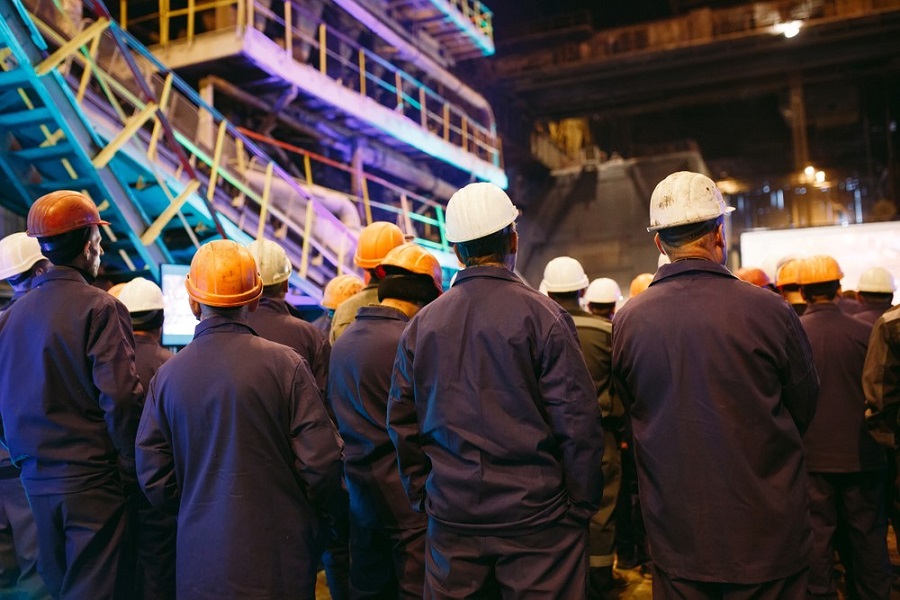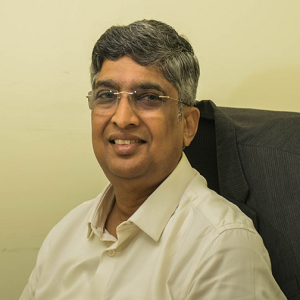 Martha Cano |
26 Mar 2020
Martha Cano |
26 Mar 2020
The last few years have been revolutionary for Mexican labor unions. In 2017, the country saw less than 20 officially recognized strikes, but in 2019, workers at more than 70 different factories have been engaged in strike activity to increase wages and bonuses. These strikes have been very successful in increasing worker compensation. The goal is for employers to institute a 20% wage increase and an annual bonus of 32,000 pesos — now known as the "20/32" demand.1 However, to fight back, some employers in the country have used layoffs and other methods to attempt to regain control after the negotiations ended. This bumpy road has led to new legislation that could shift power into the hands of Mexican workers. New ruling affects Mexican labor unions Workers that join unionized employers with a collective bargaining agreement in place expect that their rights are going to be protected and that their leadership can operate independently of the employer's influence. However, for some time now, employers in Mexico have actually been the managers of the unions within their walls, determining union leadership and overseeing the contracts. In these instances, they've also been able to set the terms of the contracts without input or approval from the workforce. This is clearly a conflict of interest, as employer-managed unions do not offer workers a voice or bargaining power in negotiations. But a new law pushed into place by the Morena party in Mexico is very much pro-labor.2 It will enable workforce unions to elect their own representatives and leadership without employer interference. Additionally, they will be able to vote on contract approvals via secret ballot, protecting their rights and shielding them from any reprisals from company management. By making these types of changes to Mexican labor unions and the underlying legal framework, workers will receive additional protection and leverage during the collective bargaining process. How This Impacts Costs In Mercer's 2019 Cost of Living Ranking report, Mexico City proves consistently affordable regarding many of the "market basket" options priced in the study. In economic terms, a market basket is a set of goods that can be priced to show the general affordability of a city or geographic location. When compared with other cities and localities around the globe, Mexico can be relatively inexpensive. That said, the increased worker wages and bargaining power resulting from the new labor legislation will also have a trickle-down effect on local economies, further improving the cost of living. Additionally, despite not having a specific price assigned to it, working with a company where employees' voices are heard is also a valuable component in the employment relationship. This improvement in worker rights has significant worth beyond pay; if employers can balance their desire for profitability with the need to care for and support the workforce, they can reduce turnover — an often costly hurdle for employers. For example, Mercer's 2019 Global Talent Trends research shows that thriving Mexican workers are twice as likely to work for a company that ensures equity in pay and promotional decisions, which are key to the conversation on organized labor. Applying These Changes to a Global Economy Other countries around the world may face challenges similar to those experienced by Mexican workers. Unfortunately, there are still countries where worker rights are close to last on the list of business priorities. Some countries are also facing public outcry about minimum wage increases, which is a similar conversation. There are a few key lessons to be learned from this ongoing story that can offer insights for other countries and employers. For instance, Mercer's research shows that workers who have an employer that cares about them and their well-being are more productive, likely to stay longer and more engaged than those who do not. It shouldn't take a union to force employers to care for their people, but if that's what is required, then so be it. The message is clear: Employers that don't step up for their workforce are on track to face legislative outcry to protect workers' rights and ensure a fair and equitable working environment. By balancing the needs of the business with the needs of the people, employers can maintain some measure of control over the situation. But if it doesn't remain a priority, legislation can tilt the balance of power into the hands of the workers to ensure their voices are heard. Sources: 1. Marinaro, Paolo and DiMaggio, Dan. "Strike Wave Wins Raises for Mexican Factory Workers." Labor Notes, 27 Feb. 2019,https://labornotes.org/2019/02/strike-wave-wins-raises-mexican-factory-workers. 2. Whelan, Robbie and Montes, Juan. "Mexican Lawmakers Approve Pro-Labor Changes." The Wall Street Journal, 11 Apr. 2019,https://www.wsj.com/articles/mexican-lawmakers-approve-pro-labor-changes-11555021083.






























